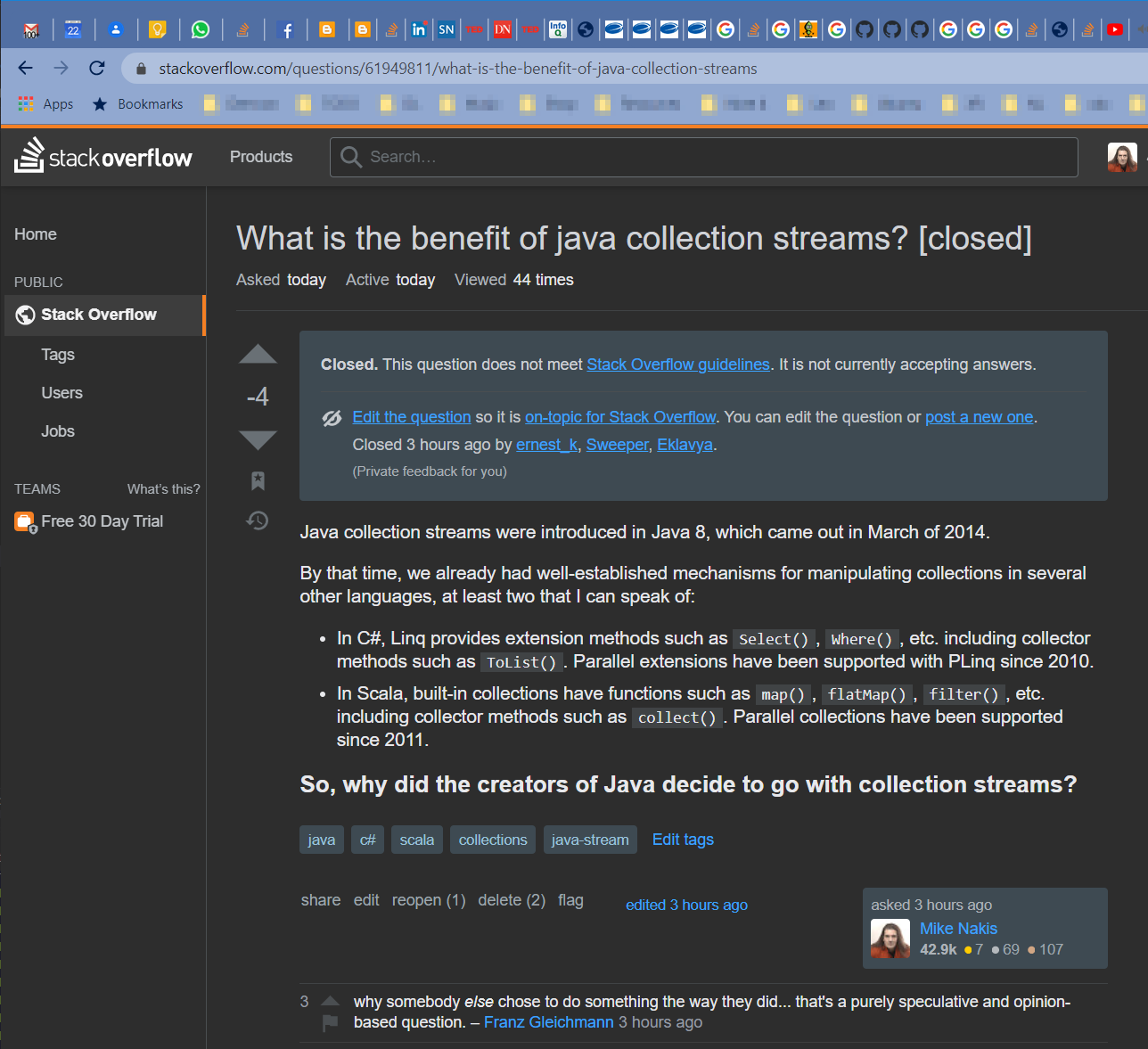
A Software Design Pattern which brings the principles of Inheritance, Encapsulation and Polymorphism one level up from the Class level to the Subsystem level, and offers a way of realizing relationships between classes so as to achieve dependency inversion by means of propagation instead of injection.
Part 1: Dependency Inversion
The software that we write often invokes other software to get parts of the job done. These are known as Services or Dependencies. If Class A is making use of some Class B, then Class A depends on Class B, so Class B is a dependency of Class A.
The principle of Dependency Inversion says that a class should not contain any direct calls to specific instances of any of its dependencies. Instead, it should receive these instances as parameters during initialization.
That’s all very nice, but passing dependencies around can become quite a complicated business, and in large systems it can become a nightmare.
Read more »


